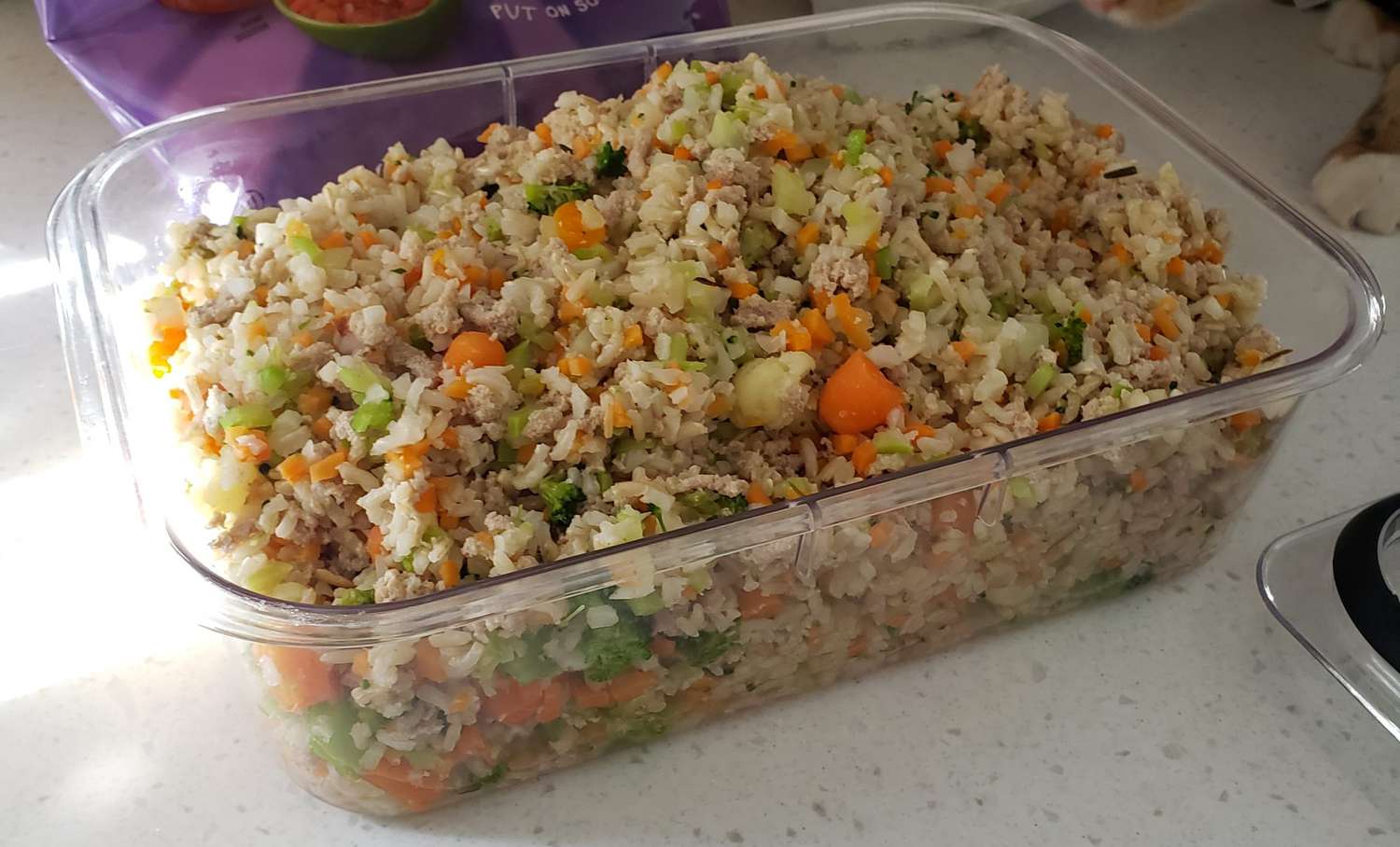

Articles
How To Store Homemade Dog Food
Modified: December 7, 2023
Discover the best articles on how to store homemade dog food for optimal freshness and nutrition. Learn proper storage methods to keep your furry friend's meals safe and healthy.
(Many of the links in this article redirect to a specific reviewed product. Your purchase of these products through affiliate links helps to generate commission for Storables.com, at no extra cost. Learn more)
Introduction
As a loving pet owner, you understand the importance of providing your furry friend with the best nutrition possible. While many pet food options are available on the market, homemade dog food is gaining popularity for its numerous benefits. Not only does it allow you to have complete control over the ingredients, but it also provides a fresh and potentially healthier alternative to commercial dog food.
However, preparing homemade dog food is just the first step. Properly storing the food is equally important to ensure that it remains safe, fresh, and nutritious for your canine companion. In this article, we will guide you on how to store homemade dog food effectively.
Key Takeaways:
- Properly storing homemade dog food is essential for maintaining its freshness, nutritional value, and safety. By following the step-by-step guide and avoiding common mistakes, you can provide your furry friend with safe, fresh, and nutritious meals.
- Homemade dog food offers numerous benefits, including control over ingredients, customization, freshness, improved digestion, and better taste. Consult with your veterinarian and gather essential supplies to ensure your dog receives the best quality meals.
Read more: How To Store Homemade Dog Treats
Benefits of Homemade Dog Food
Feeding your dog homemade food offers a range of benefits that can contribute to their overall health and well-being. Let’s take a look at some of the advantages:
- Control over ingredients: When you prepare your dog’s food at home, you have complete control over the ingredients that go into their meals. You can choose high-quality, nutritious ingredients and avoid fillers, additives, and preservatives commonly found in commercial dog food.
- Customized diet: Every dog is unique, and their dietary needs may vary. Homemade dog food allows you to tailor the meals to meet your dog’s specific dietary requirements. Whether your dog has allergies, sensitivities, or specific health conditions, you can customize the food to address their individual needs.
- Fresh and natural: Commercial dog food often undergoes extensive processing, which can deplete its nutritional value. Homemade dog food, on the other hand, can be made from fresh, natural ingredients, retaining their nutrients and ensuring that your dog receives wholesome, nutritious meals.
- Improved digestion: Some dogs may have difficulty digesting certain ingredients found in commercial dog food. By preparing homemade meals, you can eliminate potential triggers and provide a diet that is easier on your dog’s digestive system. This can lead to improved digestion and reduced stomach issues.
- Better taste: Homemade dog food is typically more flavorful compared to processed commercial options. By using fresh ingredients, you can enhance the taste of the food and potentially increase your dog’s enthusiasm during mealtime.
Remember, while homemade dog food can offer numerous benefits, it is essential to consult with your veterinarian to ensure that the meals are nutritionally balanced and meet your dog’s specific needs.
Factors to Consider Before Storing Homemade Dog Food
Properly storing homemade dog food is crucial to maintain its freshness, nutritional value, and safety. Before you start storing the food, consider the following factors:
- Portion sizes: Determine the appropriate portion sizes for your dog based on their age, size, and activity level. This will help you avoid overfeeding or underfeeding them, ensuring that the food is stored in the right quantities.
- Dietary requirements: Take into account your dog’s specific dietary needs and any allergies or sensitivities they may have. This will help you choose the right ingredients and create a well-balanced meal plan for your furry friend.
- Storage containers: Select suitable containers that are airtight, leak-proof, and made of food-safe materials. Glass or BPA-free plastic containers with tight-fitting lids are recommended for storing homemade dog food. Avoid using containers that may leach harmful chemicals or allow oxygen and moisture to enter.
- Storage space: Ensure that you have adequate space in your refrigerator or freezer to store the homemade dog food. Clear out any expired or old food items to make room for the freshly prepared meals.
- Duration of storage: Determine how long you plan to store the food. If you are preparing a large batch to last for several days or weeks, you need to consider the appropriate storage method to maintain its freshness and nutritional value.
- Hazardous ingredients: Be mindful of ingredients that can be toxic or harmful to dogs. Avoid using onions, garlic, chocolate, grapes, raisins, and artificial sweeteners, as they can be toxic to canines and pose a risk even in small amounts.
By considering these factors and taking the necessary precautions, you can ensure that the homemade dog food remains safe and nutritious for your beloved pet. Next, let’s explore the essential supplies you will need for storing homemade dog food.
Essential Supplies for Storing Homemade Dog Food
Having the right supplies is essential for effectively storing homemade dog food. Here are the essential items you will need:
- Airtight containers: Invest in airtight containers specifically designed for storing pet food. These containers should have a strong seal to prevent air, moisture, and pests from entering. Glass or BPA-free plastic containers with tight-fitting lids are ideal options.
- Measuring cups or food scale: Accurate portioning is crucial to ensure your dog’s meals are balanced. Having measuring cups or a food scale will help you measure the appropriate portions before storing the food.
- Labels and marker: Properly labeling the containers with essential information such as the date of preparation and the contents will help you keep track of freshness and prevent confusion. Use a waterproof marker to write on the labels.
- Refrigerator or freezer: Depending on the quantity of dog food you are preparing, you will need sufficient space in your refrigerator or freezer to store it. Ensure that the temperature is set correctly to maintain freshness and prevent bacterial growth. A refrigerator temperature of below 40°F (4°C) and a freezer temperature of 0°F (-18°C) are recommended.
- Bowls or food dispensers: While not directly related to storing the food, having dedicated bowls or food dispensers for your dog’s meals ensures cleanliness and easy access to the food when it’s time to serve.
- Cooling racks or trays: If you plan to cook the homemade dog food in large batches, using cooling racks or trays to cool the food before storing it can help maintain its texture and prevent moisture buildup.
- Food thermometer: Investing in a food thermometer is important to ensure that the homemade dog food is cooked to safe temperatures. This will help prevent the growth of harmful bacteria and ensure the food is safe for your dog to consume.
Having these essential supplies on hand will make storing homemade dog food a seamless and organized process. Next, we will delve into a step-by-step guide on how to store homemade dog food effectively.
Store homemade dog food in airtight containers in the refrigerator for up to 3-5 days, or in the freezer for up to 3 months. Be sure to label the containers with the date it was made.
Step-by-Step Guide on How to Store Homemade Dog Food
Proper storage is key to maintaining the freshness, nutritional value, and safety of homemade dog food. Follow this step-by-step guide to store your dog’s food effectively:
- Cool the food: Allow the homemade dog food to cool completely before transferring it to storage containers. This helps prevent condensation and moisture buildup, which can lead to spoilage.
- Divide into portions: Measure and divide the cooled dog food into individual portions. This will make it easier to thaw or serve specific quantities as needed. Use measuring cups or a food scale for accuracy.
- Airtight containers: Place each portion of dog food into airtight containers. Make sure the containers are clean, dry, and specifically designed for storing pet food. Seal them tightly to prevent air, moisture, and pests from entering.
- Label the containers: Clearly label each container with the date of preparation and the contents. This will help you keep track of freshness and rotational use. Use a waterproof marker to write on the labels.
- Refrigeration or freezing: Determine the storage method based on the quantity of dog food and the intended duration of storage. If you plan to use it within a few days, refrigeration is sufficient. If you are storing larger quantities or for an extended period, freezing is recommended.
- Refrigeration: Place the sealed containers of dog food in the refrigerator. Ensure the temperature is set below 40°F (4°C) to maintain freshness and prevent the growth of bacteria. Use the oldest batches first, practicing a “first in, first out” method.
- Freezing: For long-term storage, place the sealed containers in the freezer. The freezer temperature should be set at 0°F (-18°C) or below. If using freezer bags, squeeze out excess air before sealing to minimize freezer burn.
- Thawing: When ready to serve a portion of stored dog food, thaw it properly. Thaw overnight in the refrigerator or use the defrost setting on your microwave. Avoid thawing at room temperature to prevent bacterial growth.
- Observation and disposal: Regularly inspect the stored dog food for any signs of spoilage, such as mold or foul odor. If you notice any abnormalities, discard the affected portion immediately to ensure your dog’s safety.
By following these step-by-step instructions, you can effectively store homemade dog food to maintain its quality and freshness. However, it’s important to note that homemade dog food should generally be consumed within a few days to a week, even when properly stored. Always use your best judgment and consult with your veterinarian for specific guidelines based on your dog’s needs.
Read more: How To Store Homemade Pesto
Tips for Maintaining Freshness and Nutritional Value
Ensuring the freshness and nutritional value of homemade dog food is essential for your furry friend’s health. Here are some tips to help you maintain the quality of the stored food:
- Refrigeration or freezing: Determine the appropriate storage method based on the expected duration of storage. Refrigeration is suitable for short-term storage (up to a few days), while freezing is ideal for longer-term storage (several weeks to months).
- Proper sealing: Use airtight containers specifically designed for storing pet food. Ensure that the lids or seals are tight-fitting to prevent air, moisture, and odors from entering, which can lead to spoilage or loss of nutritional value.
- Rotation: Practice a “first in, first out” approach when using stored homemade dog food. This means using the oldest batches first to prevent them from sitting in storage for too long. Label the containers with the date of preparation to help with rotation.
- Storage temperature: Maintain the proper temperature in your refrigerator or freezer. The temperature in the refrigerator should be set below 40°F (4°C), while the freezer should be at 0°F (-18°C) or lower. Avoid frequent temperature fluctuations, as they can affect the quality of the food.
- Portion control: Divide the homemade dog food into individual portions before storing. This helps ensure that you only thaw or serve the required amount, minimizing waste and the risk of bacterial growth from repeated thawing and refreezing.
- Thawing safety: Properly thaw the stored dog food to preserve its quality and prevent bacterial growth. Thaw in the refrigerator overnight or use the defrost setting on your microwave. Avoid thawing at room temperature, as this can lead to spoilage.
- Inspect for spoilage: Regularly inspect the stored dog food for any signs of spoilage, such as mold, off odors, or texture changes. If you notice any abnormalities, discard the affected portion immediately to ensure your dog’s safety.
- Supplement with fresh ingredients: While stored homemade dog food can provide essential nutrients, consider adding fresh ingredients when serving. This can help enhance the taste, texture, and nutritional variety of the meal.
- Veterinary guidance: Consult with your veterinarian to ensure that the homemade dog food recipe meets your dog’s nutritional requirements. They can provide specific recommendations and adjust the recipe if necessary to ensure your dog’s health and well-being.
By following these tips, you can maintain the freshness and nutritional value of homemade dog food, providing your canine companion with wholesome and nourishing meals. Now, let’s explore common mistakes to avoid when storing homemade dog food.
Common Mistakes to Avoid When Storing Homemade Dog Food
Properly storing homemade dog food is essential to maintain its quality and ensure your dog’s health. Avoid the following common mistakes to prevent spoilage, loss of nutritional value, and potential risks to your furry companion:
- Poor container choice: Using improper storage containers can lead to air and moisture exposure, resulting in spoilage. Avoid using containers that are not airtight, leaky, or made of materials that may leach harmful chemicals into the food. Opt for glass or BPA-free plastic containers with secure lids.
- Inadequate portioning: Failing to portion the homemade dog food properly before storing may lead to excessive thawing and refreezing, which can compromise its quality. Portion the food into individual servings based on your dog’s needs, helping you defrost only what is necessary each time.
- Improper refrigeration or freezing: Incorrect storage temperatures can result in the growth of bacteria and the loss of nutritional value. Ensure that your refrigerator is set below 40°F (4°C) and your freezer at 0°F (-18°C) or lower to maintain freshness and prevent spoilage.
- Infrequent rotation: Neglecting to use the stored dog food in the order they were prepared can lead to older batches staying in storage for too long. Practice a “first in, first out” approach, using the oldest containers first to ensure you’re providing fresh meals to your dog.
- Not properly labeling: Forgetting to label the containers with the date of preparation may result in confusion and the unintentional use of expired food. Always label each container with the preparation date to help with rotation and ensure that you’re using the food within a safe timeframe.
- Failure to inspect for spoilage: Neglecting to regularly check the stored dog food for signs of spoilage, such as mold, off odors, or texture changes, can put your dog’s health at risk. Be vigilant and discard any food that appears or smells abnormal.
- Overstocking the storage: Overfilling your refrigerator or freezer with excessive amounts of stored dog food can impede proper air circulation and lead to uneven temperatures. Leave enough space for air to circulate and keep the stored food at a consistent temperature.
- Thawing at room temperature: Thawing homemade dog food at room temperature can promote bacterial growth and compromise its safety. Always thaw the food in the refrigerator overnight or use the defrost setting on your microwave to prevent bacteria from multiplying.
- Ignoring dietary adjustments: Failing to adjust the homemade dog food recipe based on your dog’s specific dietary needs and nutritional requirements can result in an imbalanced diet. Consult with your veterinarian to ensure the recipe meets your dog’s needs and make any necessary adjustments.
By avoiding these common mistakes, you can effectively store homemade dog food and provide your dog with fresh, nutritious meals. Now, let’s conclude our guide on storing homemade dog food.
Conclusion
Storing homemade dog food properly is crucial for maintaining its freshness, nutritional value, and safety. By following the guidelines and tips provided in this article, you can ensure that your furry friend receives the best quality meals. Homemade dog food offers numerous benefits, including control over ingredients, customization, freshness, improved digestion, and better taste.
Before storing homemade dog food, consider factors such as portion sizes, dietary requirements, storage containers, available space, and hazardous ingredients. Gather essential supplies like airtight containers, measuring cups or a food scale, labels and markers, a refrigerator or freezer, bowls or food dispensers, cooling racks or trays, and a food thermometer.
Follow the step-by-step guide to store homemade dog food effectively, including cooling the food, dividing it into portions, using airtight containers, labeling them appropriately, and selecting the right storage method (refrigeration or freezing). Thaw the food properly before serving, ensuring your dog’s safety.
To maintain the freshness and nutritional value of stored homemade dog food, remember to refrigerate or freeze it as required, seal containers tightly, practice proper rotation, monitor storage temperature, control portions, inspect for spoilage, supplement with fresh ingredients, and seek veterinary guidance.
Avoid common mistakes such as using improper storage containers, inadequate portioning, incorrect refrigeration or freezing temperatures, infrequent rotation, failure to label containers, lack of inspection, overstocking storage, thawing at room temperature, and disregarding dietary adjustments.
By implementing these guidelines and avoiding common mistakes, you can provide your dog with safe, fresh, and nutritious homemade meals. Remember, consult with your veterinarian for specific recommendations and adjustments to ensure your dog’s health and well-being.
With proper storage, you can continue to serve delicious and nutritious homemade dog food to your beloved pet, contributing to their overall health, vitality, and happiness.
Frequently Asked Questions about How To Store Homemade Dog Food
Was this page helpful?
At Storables.com, we guarantee accurate and reliable information. Our content, validated by Expert Board Contributors, is crafted following stringent Editorial Policies. We're committed to providing you with well-researched, expert-backed insights for all your informational needs.
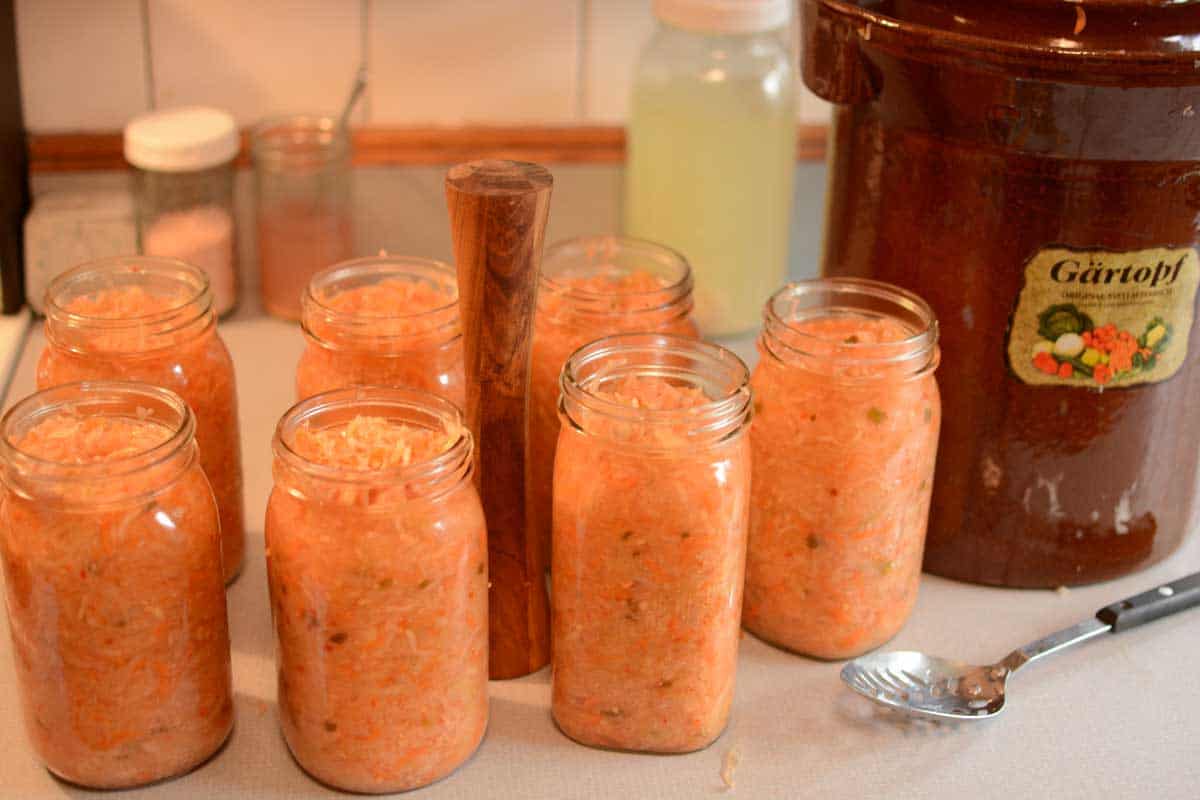
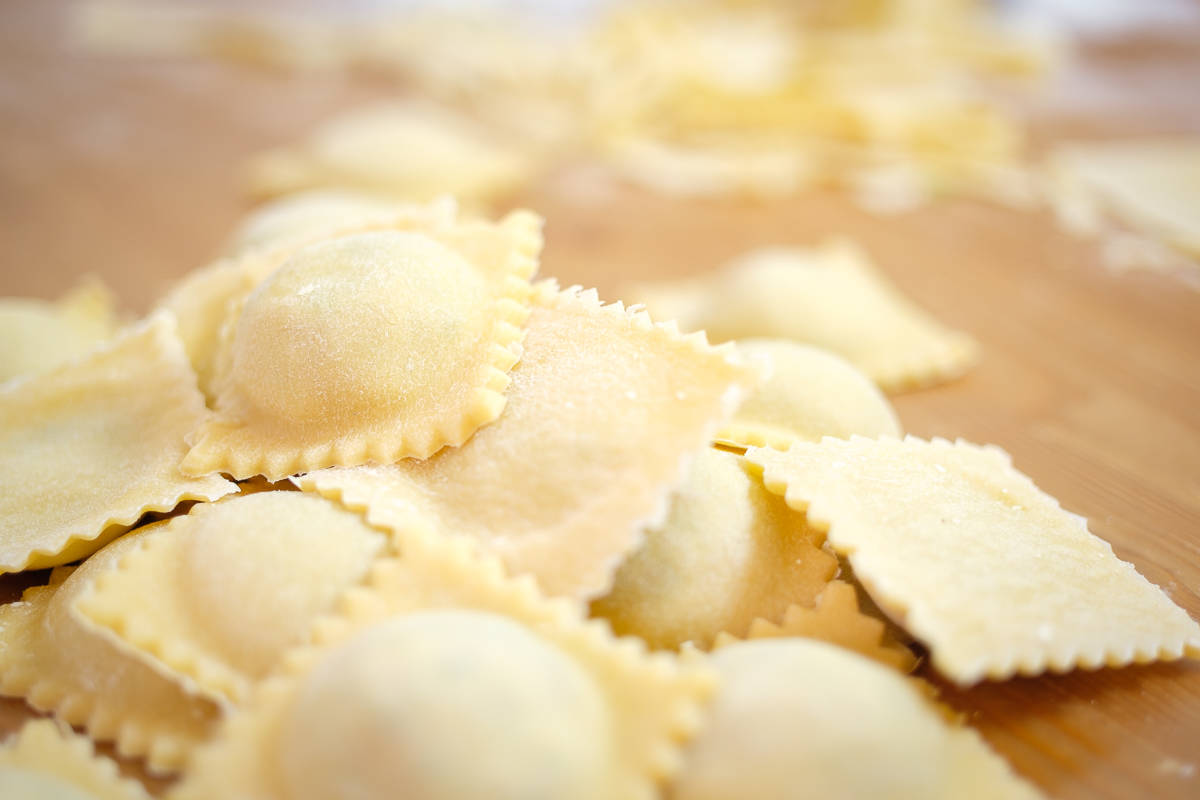
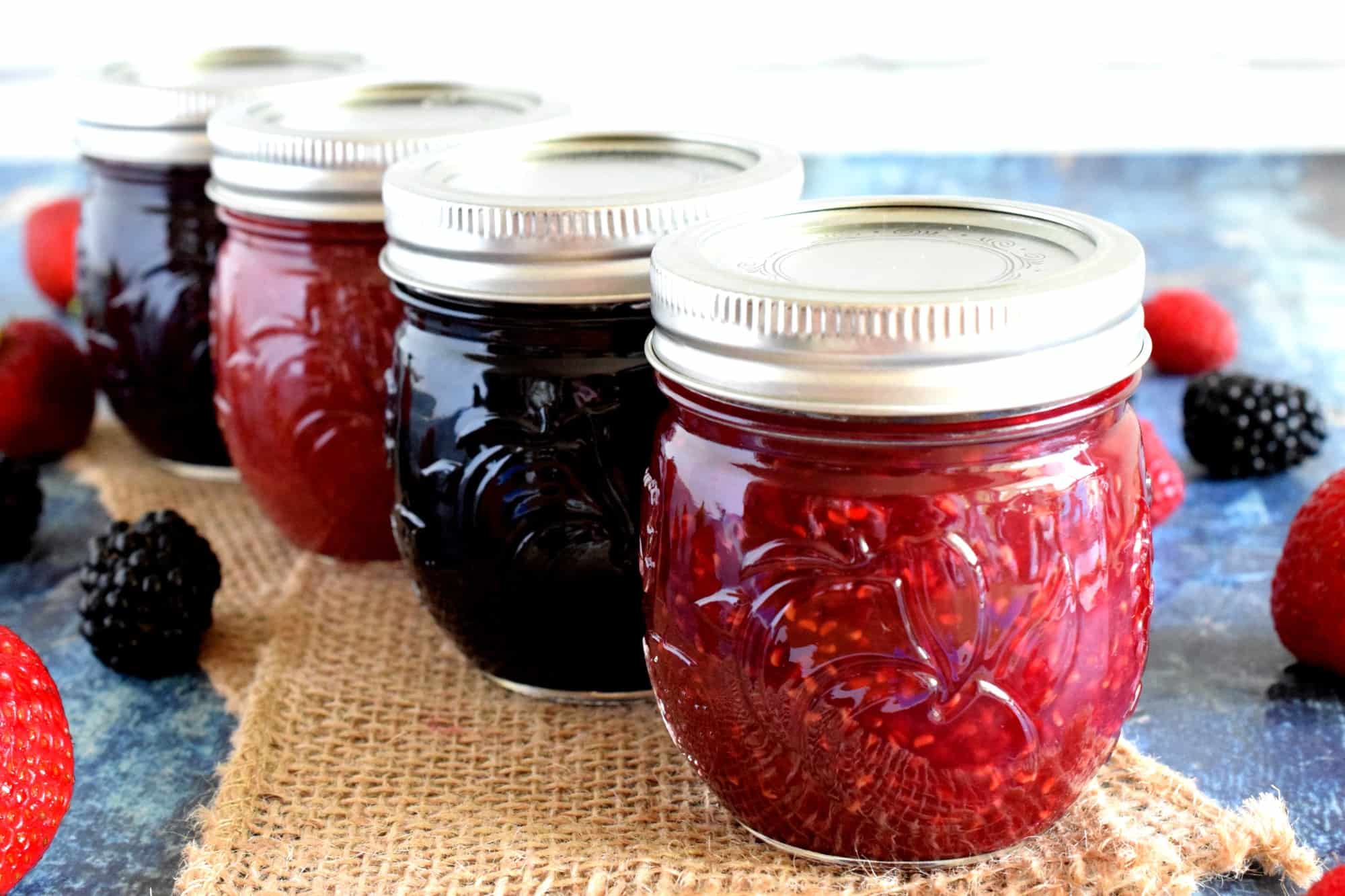
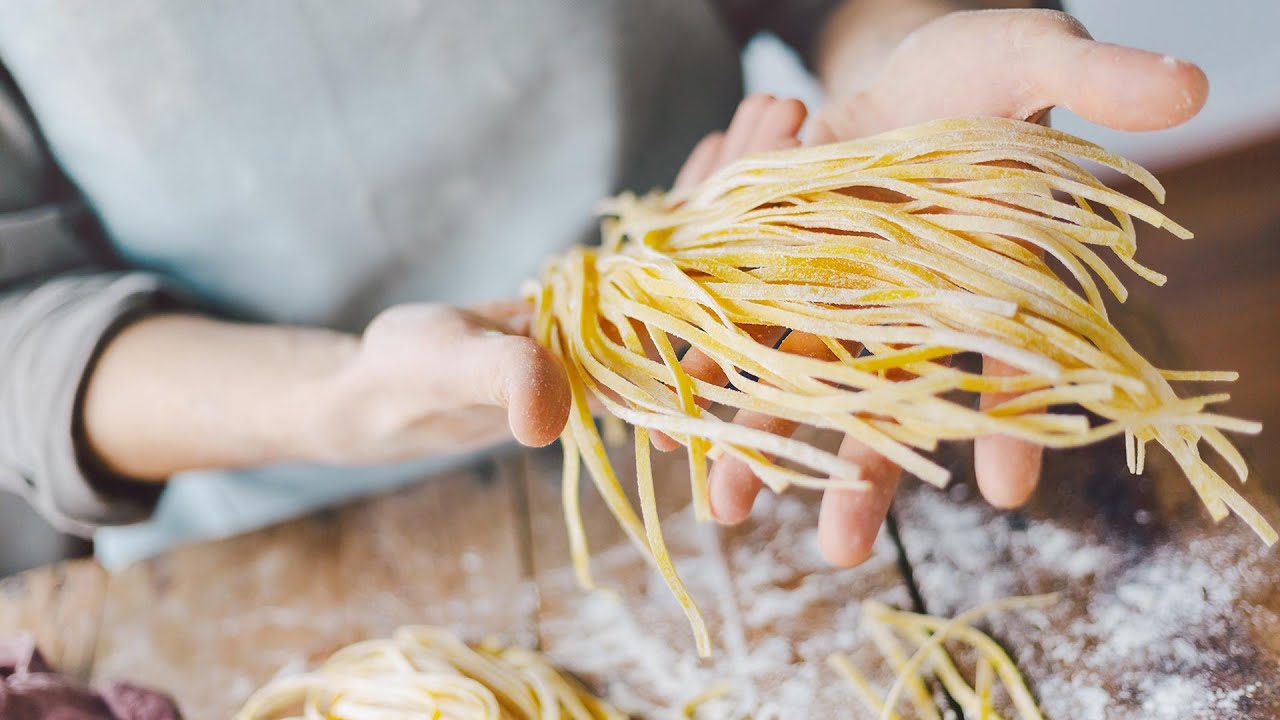
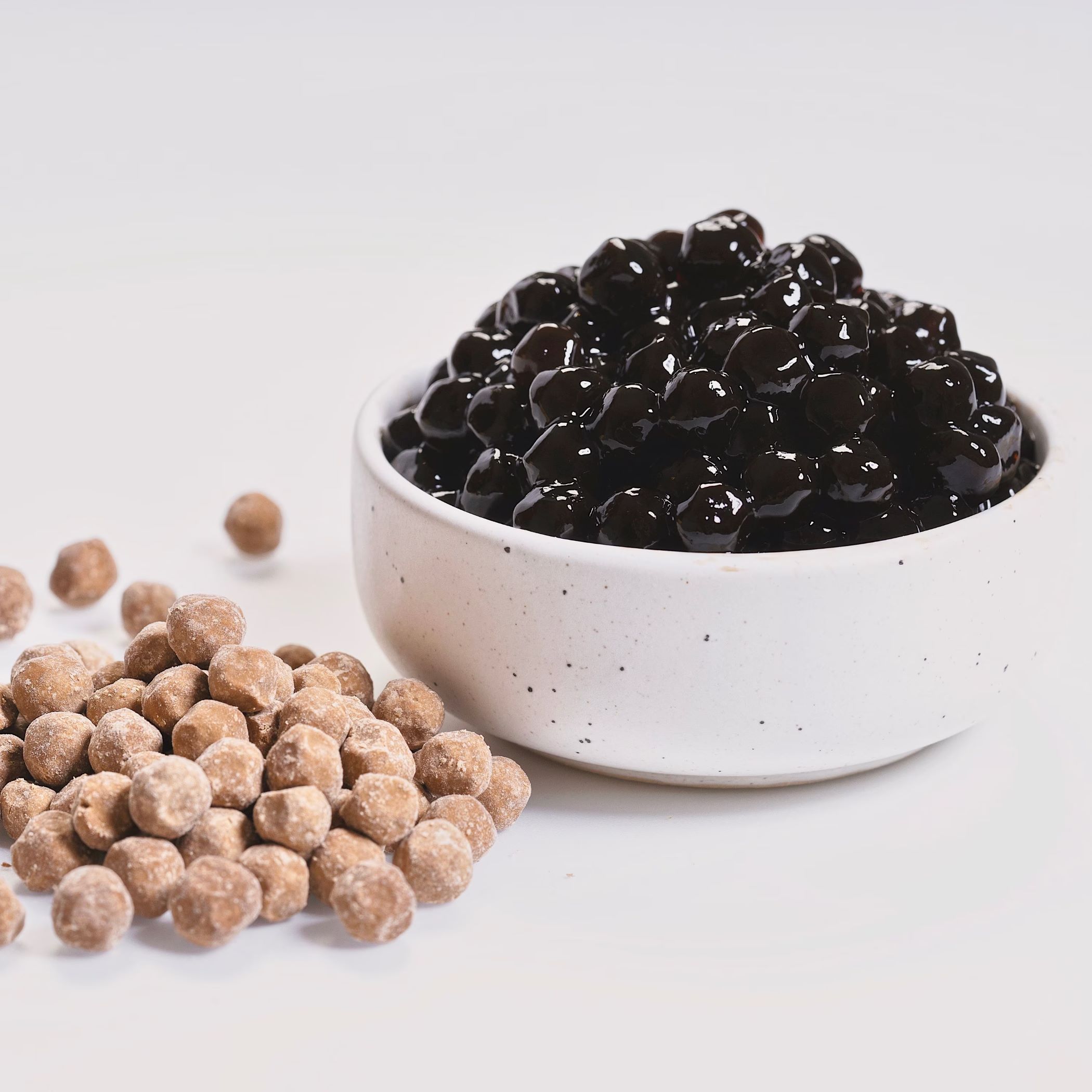
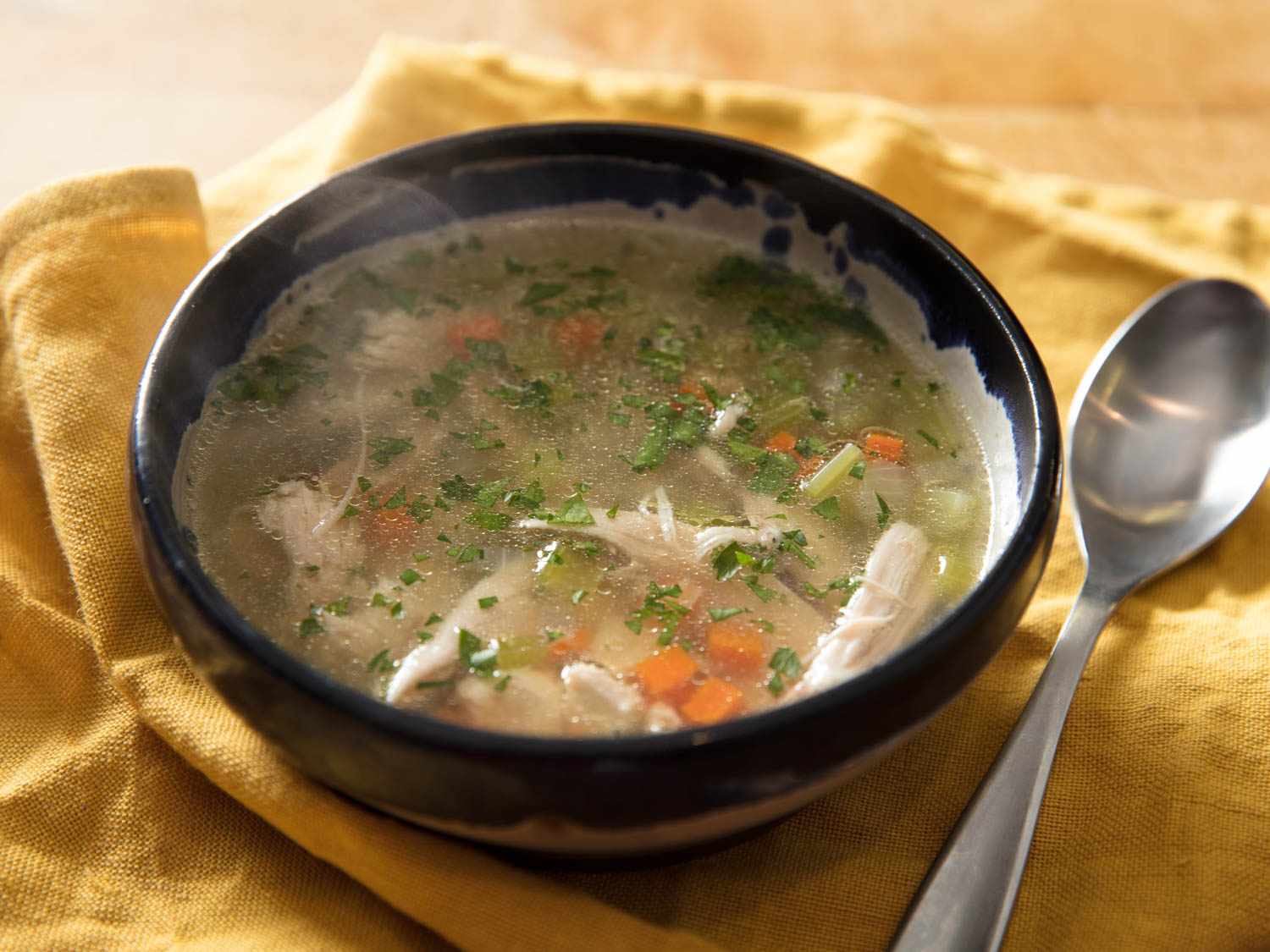
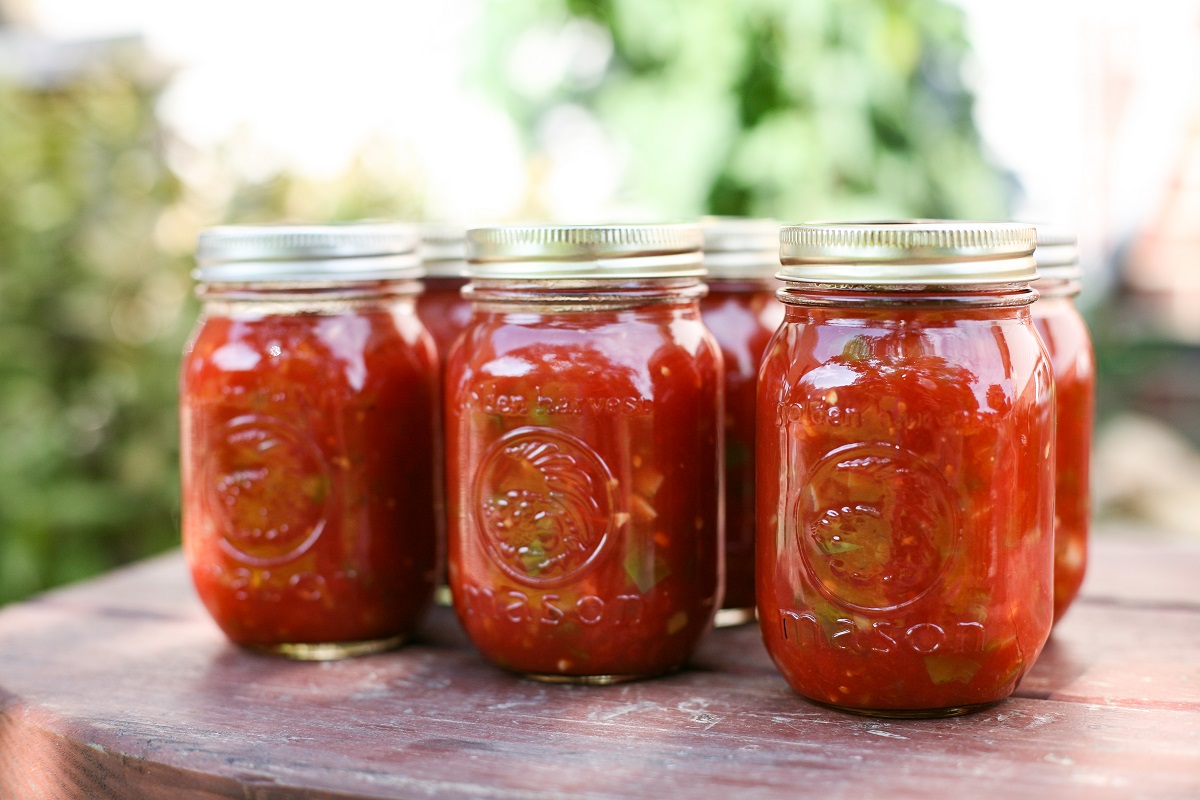
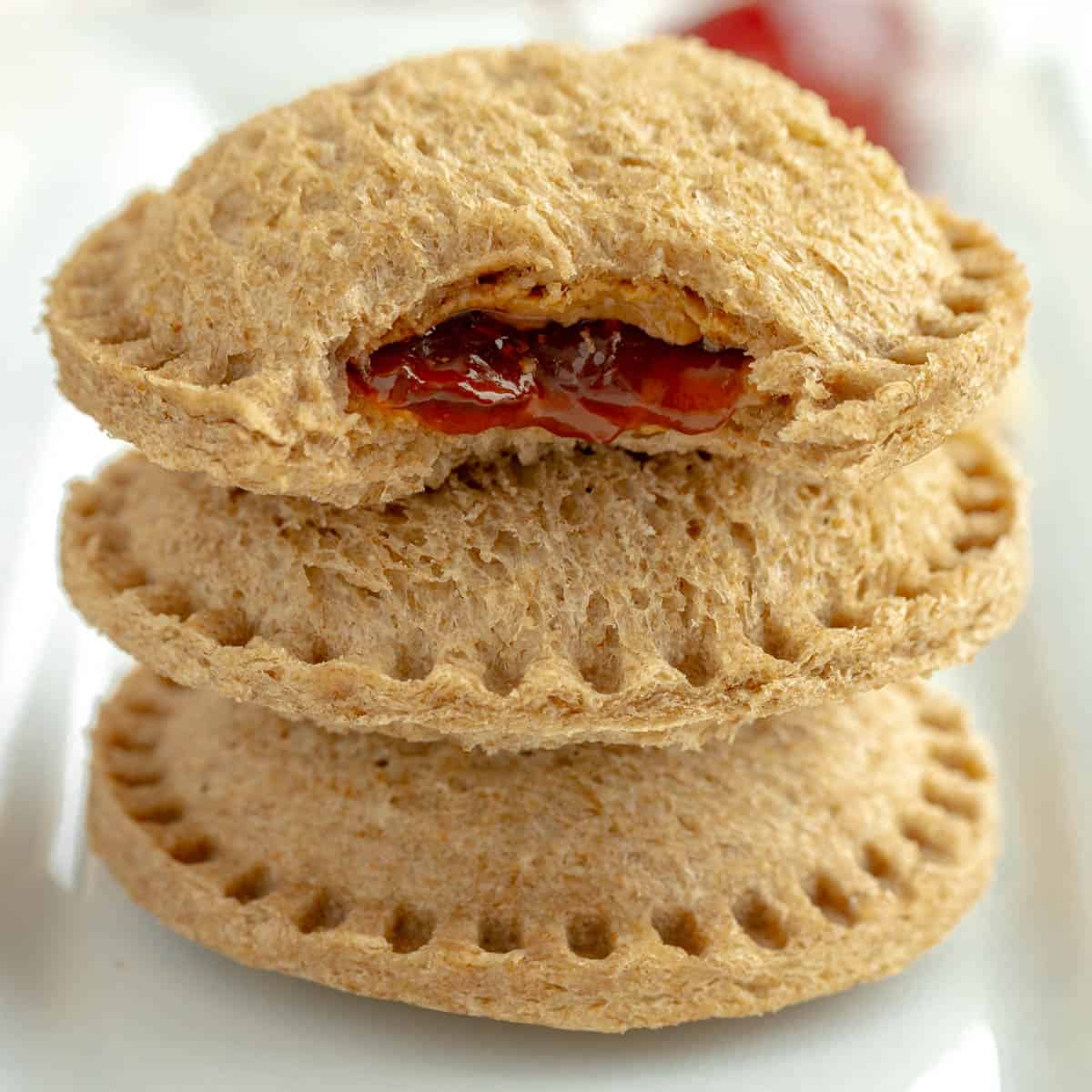
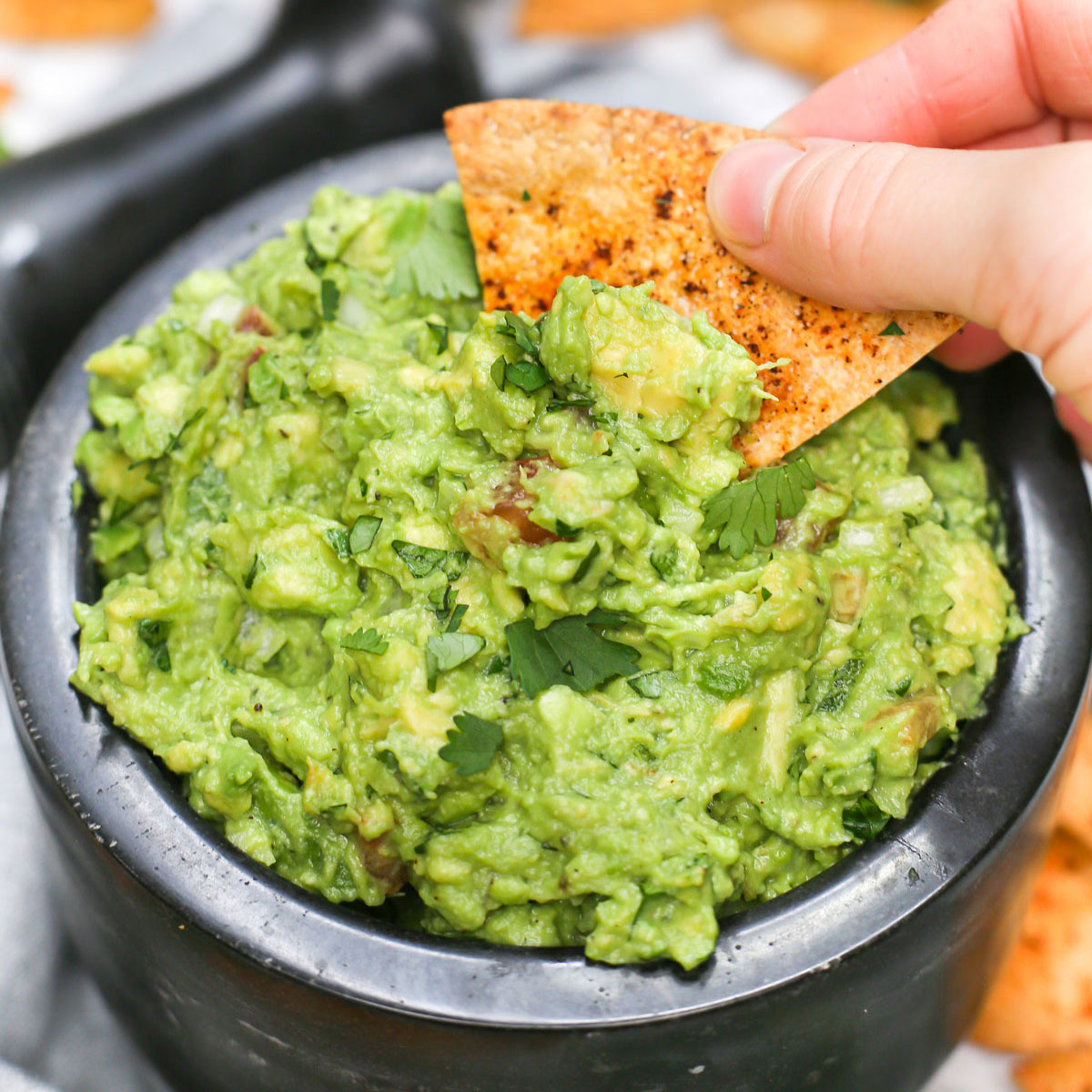
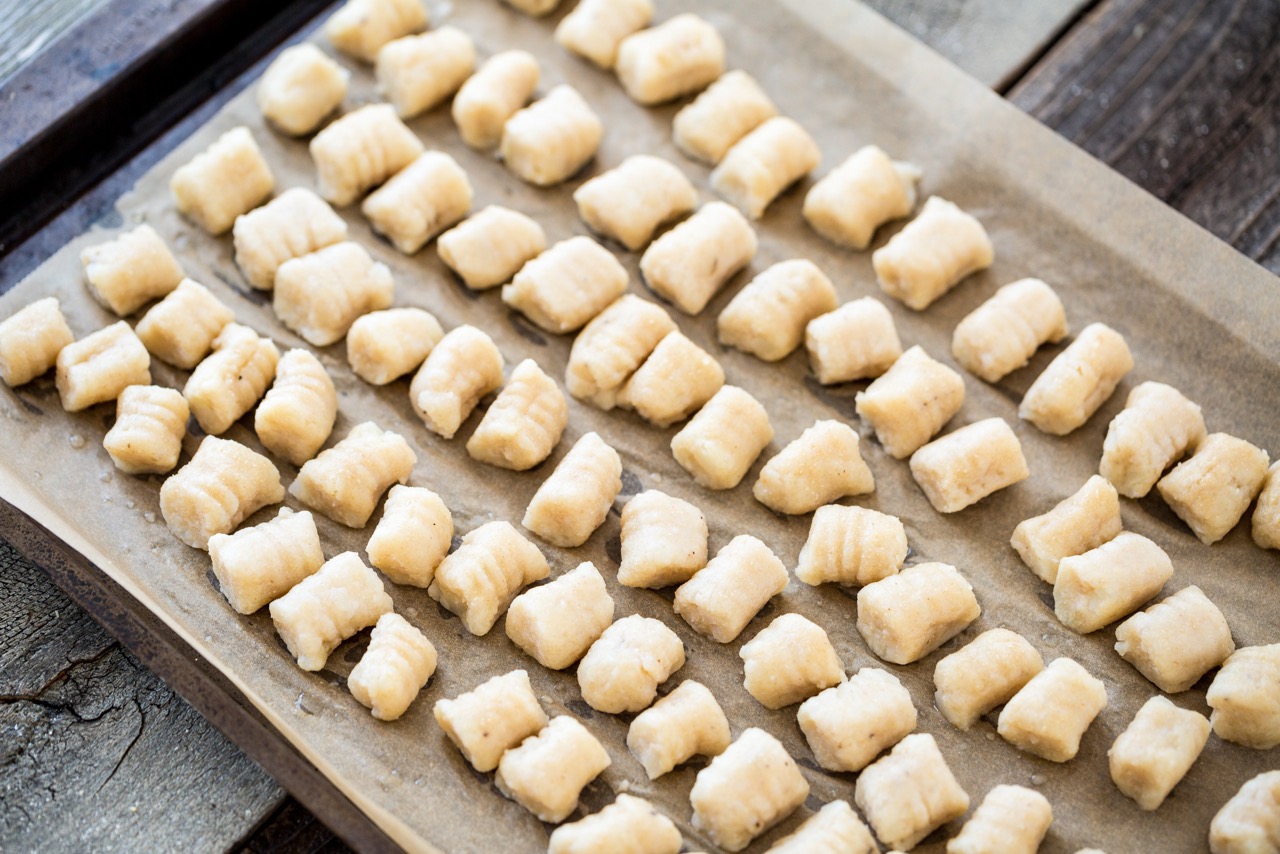
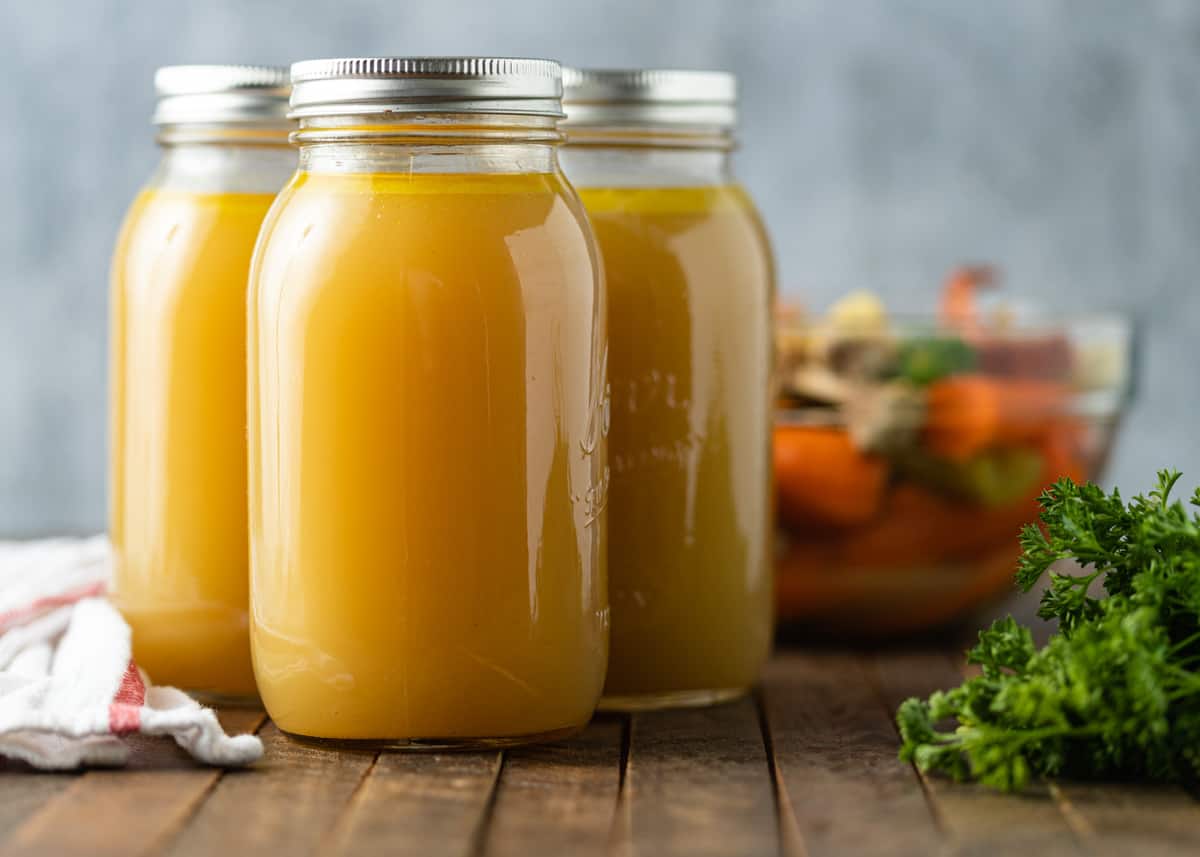

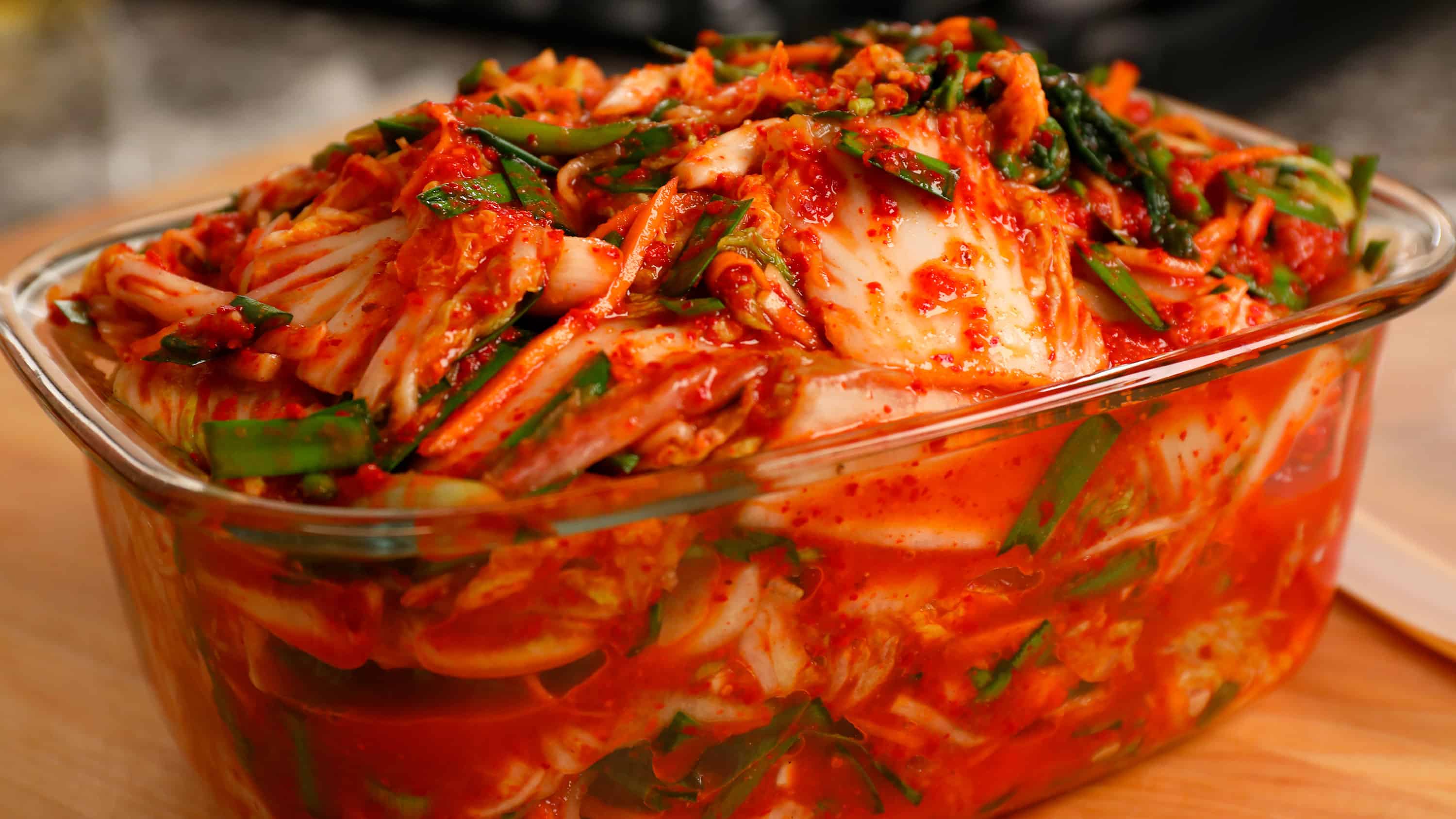
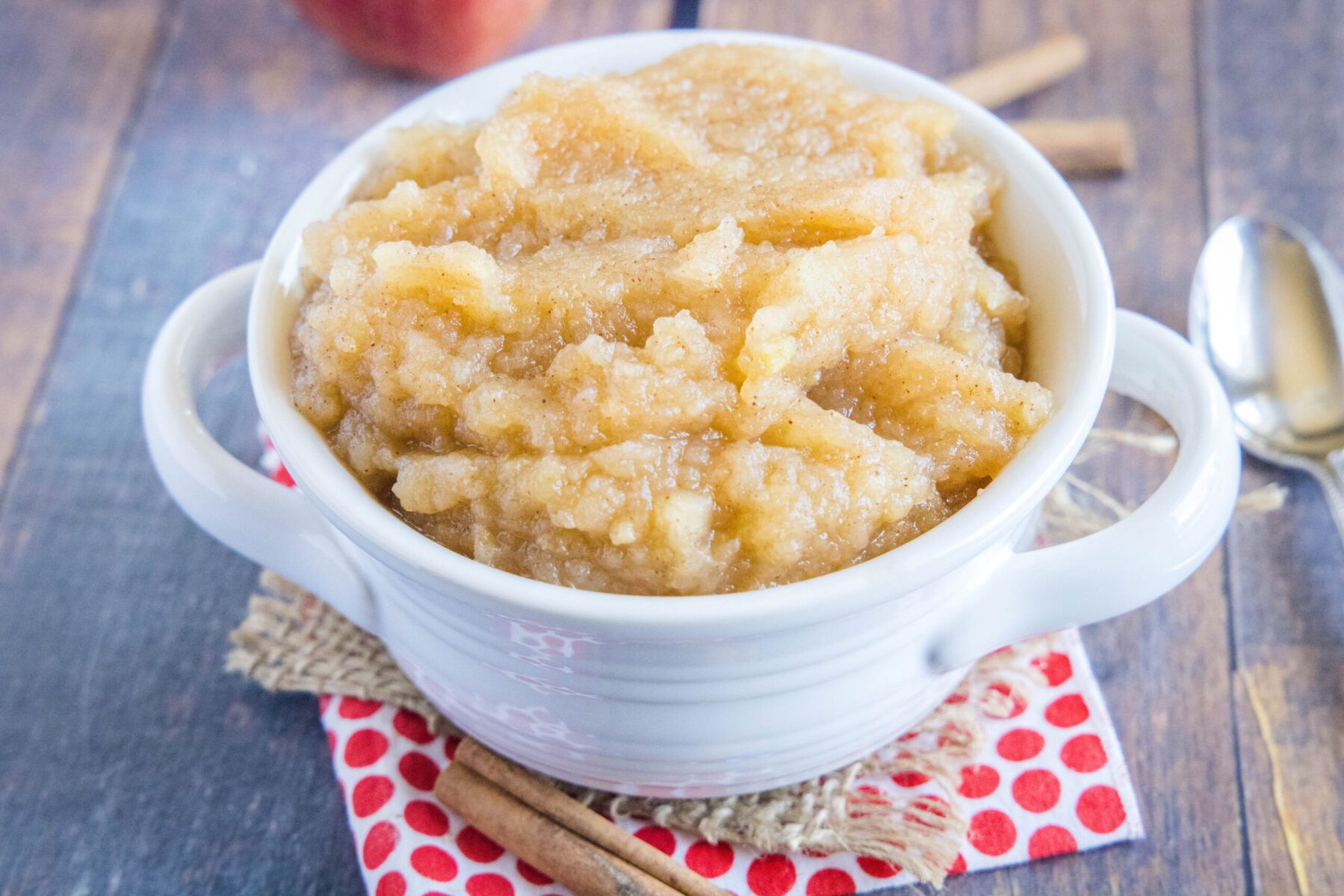

0 thoughts on “How To Store Homemade Dog Food”